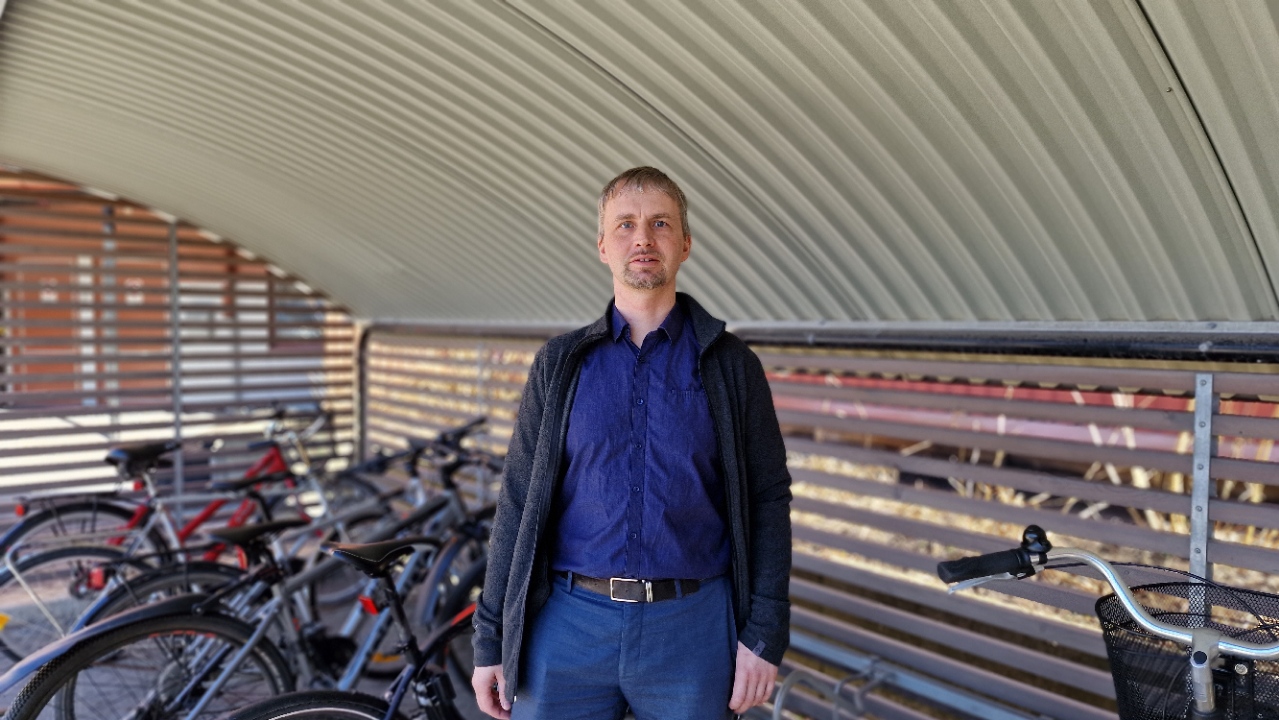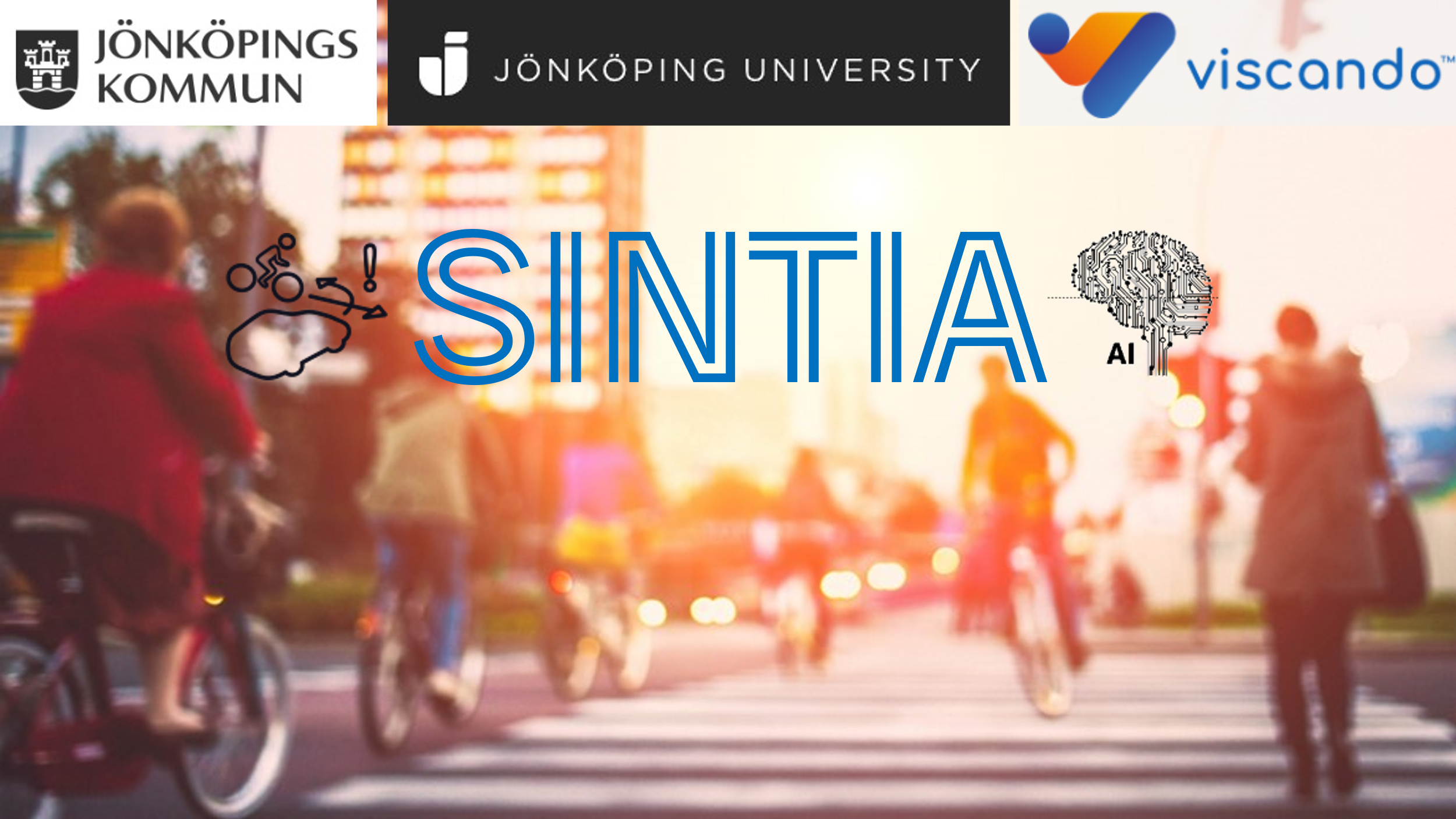Safer active mobility through right choices in traffic infrastructure development
Growing cities suffer from queues, pollution, and noise from car traffic. Increased walking and cycling play a key role in making cities more pleasant to live in, and at the same time, facilitate the transition to green, sustainable mobility. Still, walking and cycling are far from safe, which hinders their adoption. By building mobility infrastructure that makes active mobility safer, especially for vulnerable road user groups such as children, elderly and disabled persons, cities can contribute to a faster transition to more sustainable and equal mobility.
However, the positive effects from infrastructure changes on active mobility are hard to predict – and often end up being insignificant. There is a strong desire for reliable tools to identify the right changes in traffic infrastructure and layout, and to assess their effects on active mobility. We are therefore proud to be entrusted with running a pre-study addressing this challenge, in close cooperation between industry, researchers and societal actors, funded by Drive Sweden’s AI Enhanced Mobility program.
The SAFER associated pre-study SINTIA (Safe inclusive traffic infrastructure: data and AI for decision making) takes the first step in building an empirically and scientifically supported methodology for decision making in the area of traffic infrastructure development. The methodology, based on AI-enabled insights and indicators from objective traffic data, will ensure that the changes in infrastructure give immediate and considerable positive effects on safety and inclusiveness of active mobility.

The project manager Yury Tarakanov, Viscando, lets us know more about the project:
“Wrong decisions in infrastructure development imply high costs and inferior traffic safety. Is it possible to avoid them? We believe that the decisions must be based on an objective understanding of how traffic infrastructure affects behaviors and conflicts in traffic, instead of subjective opinions and guessing. And it is our hypothesis that this understanding can be inferred from detailed traffic data with help of intelligent AI tools.
In this pre-study, we will address this hypothesis, starting with a concrete use case from Jönköping municipality: which type of pedestrian crossing is optimal for safety and comfort for children walking and cycling to school? The guiding questions are to what extent the insights required for the choice of a crossing layout can be obtained today from state-of-the-art traffic data, and what insights are missing? How can AI help extract the missing insights?”
The pre-study brings together decision makers from Jönköping municipality, researchers within advanced AI from Jönköping University and specialists within traffic data collection and analytics at Viscando.
The pre-study will result in an analysis of available and missing insights for making decisions in active mobility infrastructure development, based on Jönköping’s use case, and a proposal of AI methods that can be utilized to obtain the missing insights.
Moreover, a dataset of traffic behaviors and safety insights will be produced and made available for researchers and practitioners in the field of traffic safety through the SAFER data catalogue.
The ambition is also to initiate a full-scale project, aiming at developing AI methods mentioned above, and at building up a holistic, data- and AI-based methodology for decision making in urban traffic infrastructure development.

